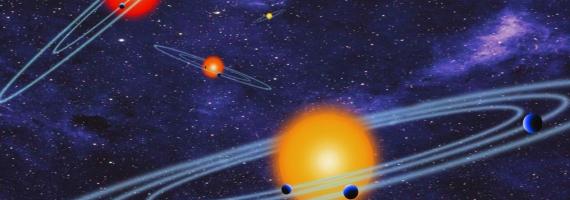
Got Planets? Smaller Stars Are The Best Bet
A group of scientists, Daniel Apai of Steward Observatory and Gijs Mulders and Ilaria Pascucci of UA Planetary Sciences, have continued the quest for Earth-size planets. They have shown that lower-mass stars make for more promising hunting grounds than do their sun-like counterparts. Stars weighing in at less than half of the sun's mass are twice as likely to possess Earth to Neptune-sized planets and these planets can be found closer to their host stars, the research team reports in the Astrophysical Journal. The study suggests that scientists looking for planets outside of our solar system are more likely to discover Earth-size planets by focusing their search on lower-mass stars. The UA press release can be found HERE. The preprint of the now-published article can be found HERE.

For Public
Public events include our Monday Night Lecture Series, world-reknowned Astronomy Camp and Mt Lemmon Sky Center.

For Students
A good place to start if you want to become an undergrad major or grad student, or need to find our schedule of classes.

For Scientists
Find telescopes and instruments, telescope time applications, staff and mountain contacts, and faculty and staff scientific interests.




